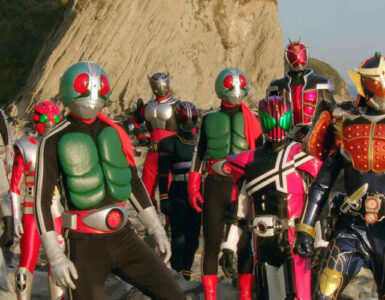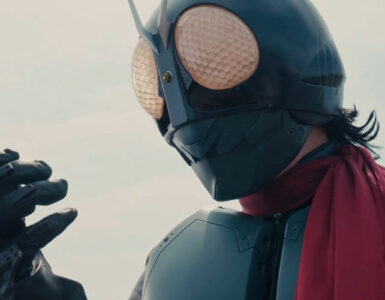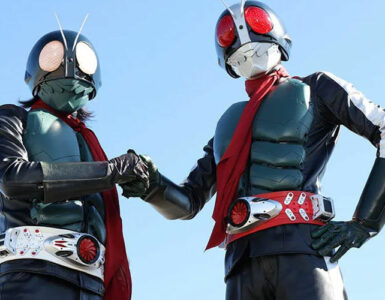Kamen Rider is a name that echoes through the halls of Japanese pop culture with undeniable impact. Since its inception in 1971, the iconic superhero tokusatsu franchise has enthralled audiences with its unique blend of action, storytelling, and a vibrant cast of characters. With Shin Kamen Rider finally making its way to theatres across Southeast Asia, here’s everything you need to know about the enigmatic world of Kamen Rider.
The birth of Kamen Rider
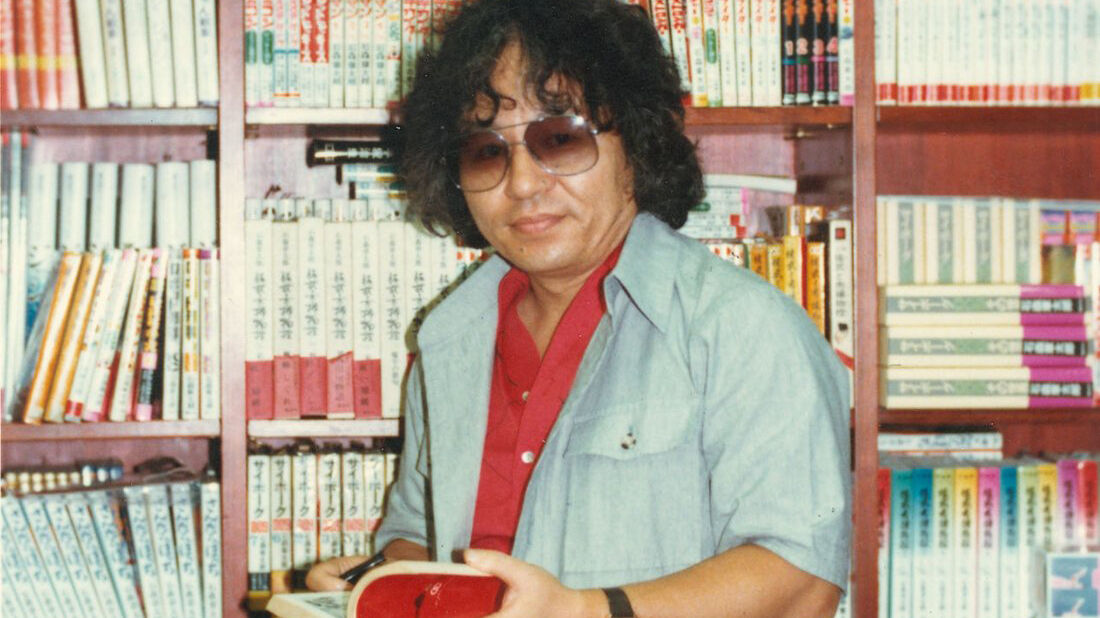
Created by the visionary manga artist Shotaro Ishinomori, Kamen Rider emerged during a superhero boom in Japan. If Ishinomori’s name doesn’t sound familiar, his other work might, as he’s more well known for introducing the Super Sentai series, more commonly referred in the West as Power Rangers, and Cyborg 009, which showcased Japan’s earliest superhero teams, as well as Skull Man, one of the first antiheroes in manga.
His love for cyborgs and antiheroes would help shape Kamen Rider. The inaugural series introduced us to Takeshi Hongo, a young man who rises up against the nefarious terrorist organisation, Shocker, that transformed him into a cyborg hero. Bursting onto the scene in 1971, Kamen Rider rapidly captured the hearts of fans, solidifying its status as an enduring franchise.

Similar to their squad-based counterpart, Super Sentai, each series in the Kamen Rider franchise presents its own standalone story, with a fresh-faced protagonist taking on the mantle of a new and unique Kamen Rider. The franchise does draw frequent comparisons to Super Sentai, often due to their seasonal format and their airing in the same Sunday morning block, as well as their iconic status in Japanese culture.
The basic concept of the series sees the main, motorcycle-riding superhero adopt an insect motif, and fight mysterious villains. As with the original premise, the foundation of the show sees a common theme where the hero’s powers are derived or granted by the same technology harnessed by the forces of evil, establishing the condition where based on common origins, can a person forge their own independent future.
While both shows are targeted towards kids, Kamen Rider distinguishes itself by placing less emphasis on team-based combat and giant robots, and catering to a slightly older demographic. Its narratives delve into complex themes and moral dilemmas, including profound explorations of identity, the ravages of war, the power of sacrifice, and the dark complexities of abusive family dynamics. These tales resonate deeply with audiences, exploring the human condition and questioning the boundaries of heroism.
Hopping to greater heights
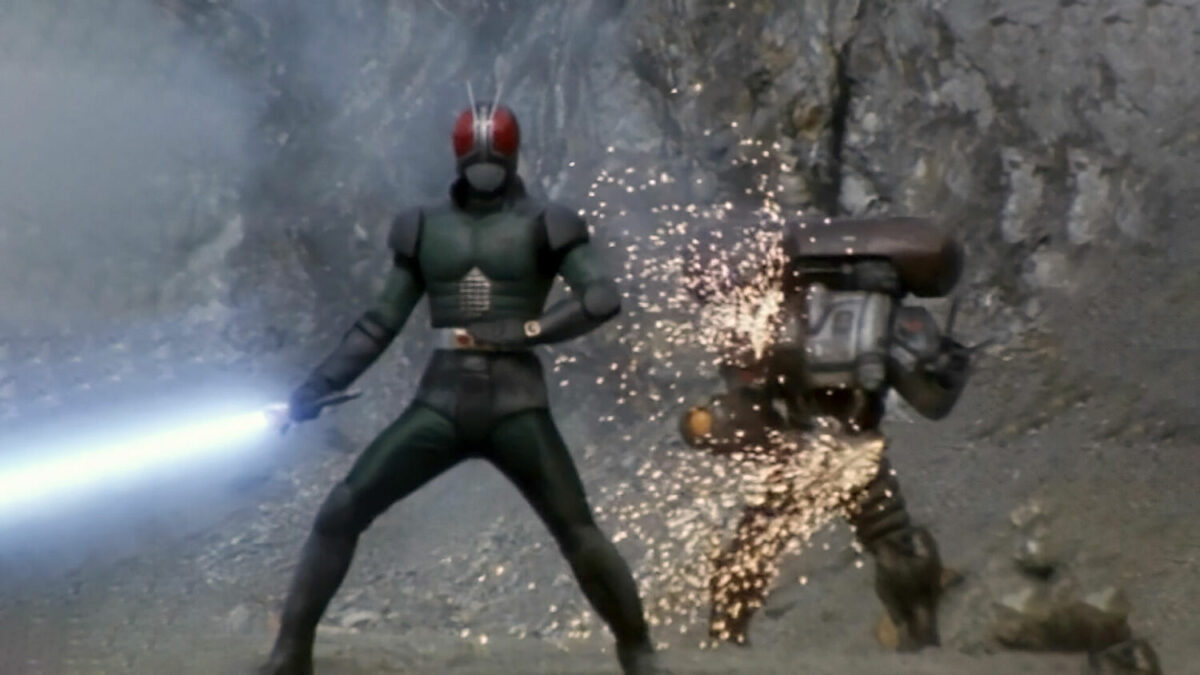
Throughout its illustrious history, Kamen Rider has encountered a few periods of hiatus, leaving fans eagerly anticipating the return of their beloved masked heroes. These hiatuses, though challenging for enthusiasts, have often served as opportunities for the franchise to reinvent itself and explore new creative directions.
During the 1980s, Kamen Rider experienced a temporary hiatus before making a triumphant return with Kamen Rider Black in 1987. Notably, Kamen Rider Black marked a significant milestone for the franchise by introducing its first direct sequel — Kamen Rider Black RX. This later became the inspiration for Saban Entertainment’s Americanised adaptation, Masked Rider.
More importantly, Kamen Rider Black RX marked the culmination of the show in Japan’s Shōwa era. While absent from television screens in the 1990s, Kamen Rider managed to stay afloat through stage shows, musical CDs, and a handful of films, ensuring that its legacy remained untarnished. Unfortunately, Masked Rider never saw the same success as Power Rangers, diminishing the franchise’s overall popularity in the West.

In May 1999, Toei, the multimedia company behind Kamen Rider, unveiled an ambitious new project — Kamen Rider Kuuga. This groundbreaking series was initially conceived by Shotaro Ishinomori as part of the Kamen Rider revival in honour of its 30th anniversary. Sadly, Ishinomori passed away before seeing his vision come to fruition. Undeterred, the anticipation for Kuuga grew exponentially, and at the turn of the millennium, Kamen Rider Kuuga introduced audiences to talented newcomer Joe Odagiri in the titular role.
The series was a huge success. The producers were astounded to discover that Kuuga not only resonated with its intended target demographic, but also captured the attention of a substantial audience of women in their thirties. This birthed the phenomenon known as the “Odagiri effect”. Coined in honour of the charismatic star, the term describes a captivating television programme that unexpectedly garners a significant female viewership due to the presence of attractive male actors or characters.
Building on Kuuga‘s success, the effect would be replicated in 2001 with Kamen Rider Agito, as the franchise continued its vibrant evolution. Indeed, many actors in the Kamen Rider franchise have since been scouted from male beauty pageants and even boy bands, who have then gone on to develop high-profile acting careers. Just like that, Kamen Rider returned to a well-received annual broadcast schedule that continues to this day.
Evolving and adapting to the times
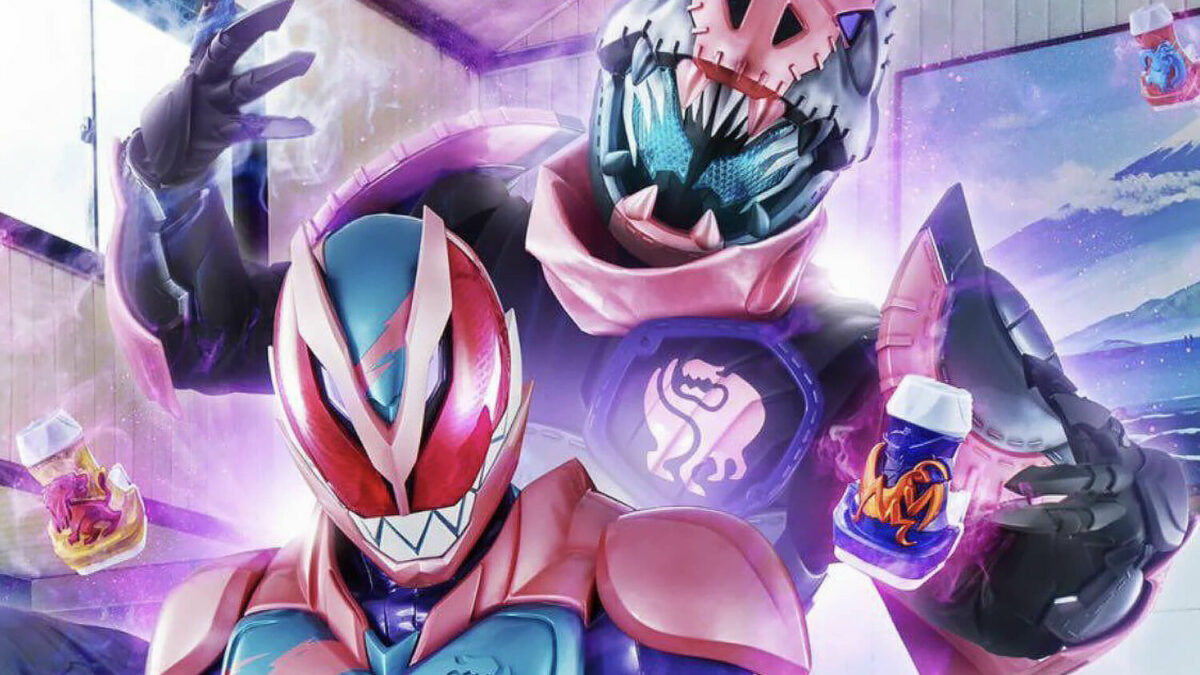
Kamen Rider’s ability to evolve and adapt has been crucial to its longevity. Over the years, the franchise has embraced new storytelling formats, cutting-edge visual effects, dynamic character designs, and a variety of merchandisable collectible-friendly gimmicks.
Amidst the dazzling action and larger-than-life battles, Kamen Rider also confronts real-world issues within its fantastical framework. Kamen Rider Zero-One strategically tapped into the burgeoning discourse surrounding artificial intelligence while coinciding with the dawn of Japan’s Reiwa era in 2019.
In the wake of the COVID-19 pandemic, Kamen Rider Saber emerged as the 2020 instalment, featuring brighter and more fantastical narratives. In a poignant reflection of the global disaster, Saber introduced a united Kamen Rider team that rallied together with a shared purpose to triumphantly “escape the crisis together.” When the virus showed no signs of slowing down, Kamen Rider Revice deftly wove a family drama aimed at inspiring young viewers to prioritise cherished moments with their loved ones.
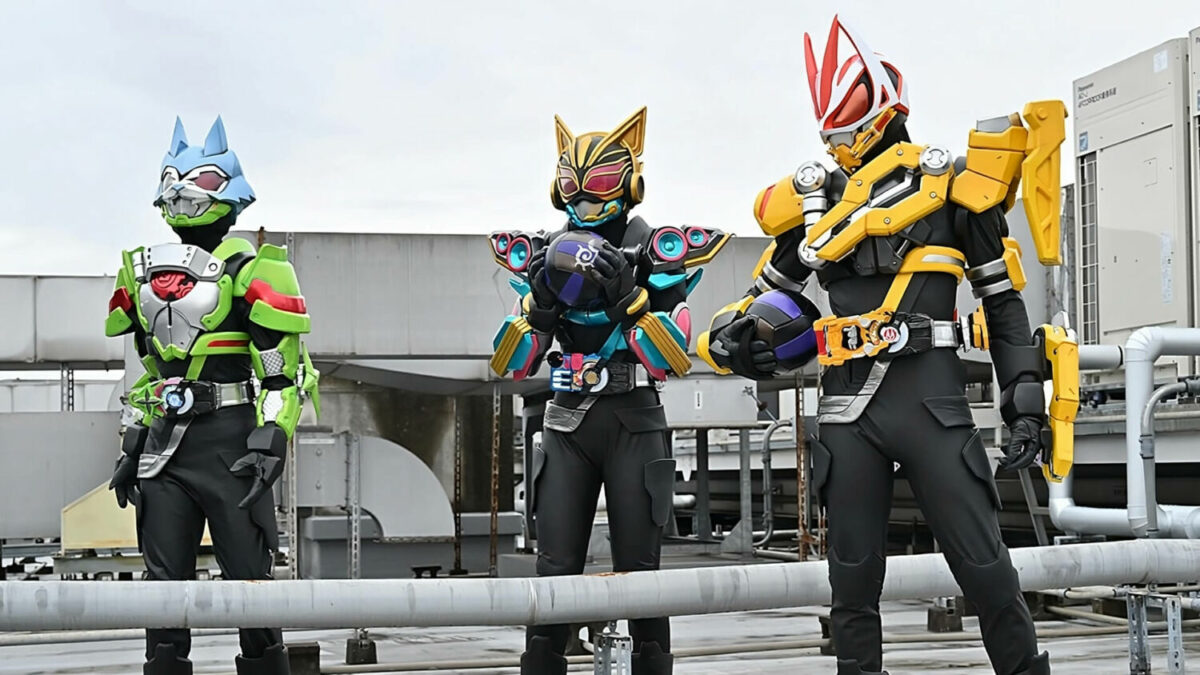
The latest addition to the franchise, Kamen Rider Geats, cleverly harnesses the prevailing trend of incorporating multiple Riders within a single series. Setting its sights on today’s entertainment landscape, Geats delves into the adrenaline-fueled world of survival games reminiscent of fan-favourites like Fortnite, Apex Legends, Kaiji, and Squid Game.
Throughout the years, Kamen Rider has left an indelible mark on global popular culture, leading to references in properties such as Dragon Ball Z, One-Punch Man, Animal Crossing, Persona 4, Batman, Disney, and more. It has also spawned a multitude of television series (including an anime sequel series and an Amazon Prime remake of Kamen Rider Black), movies, video games, and a staggering array of merchandise.
With Kamen Rider Geats nearing its conclusion, the franchise is primed to capture even more new fans with its next series. What’s more, Shin Kamen Rider offers an accessible entry point for audiences to dive into the franchise with a theatrical remake of the original series, delivering Takeshi Hongo’s story to a new era of fans.
Shout! Factory, the North American distributor of Kamen Rider, offers box sets featuring older series of the beloved franchise, granting fans the opportunity to relish in the masked hero’s adventures. Alternatively, those intrigued by Kamen Rider can access episodes on Toei’s YouTube channel with the assistance of a VPN, or sail the high seas in their quest for Kamen Rider adventures.



